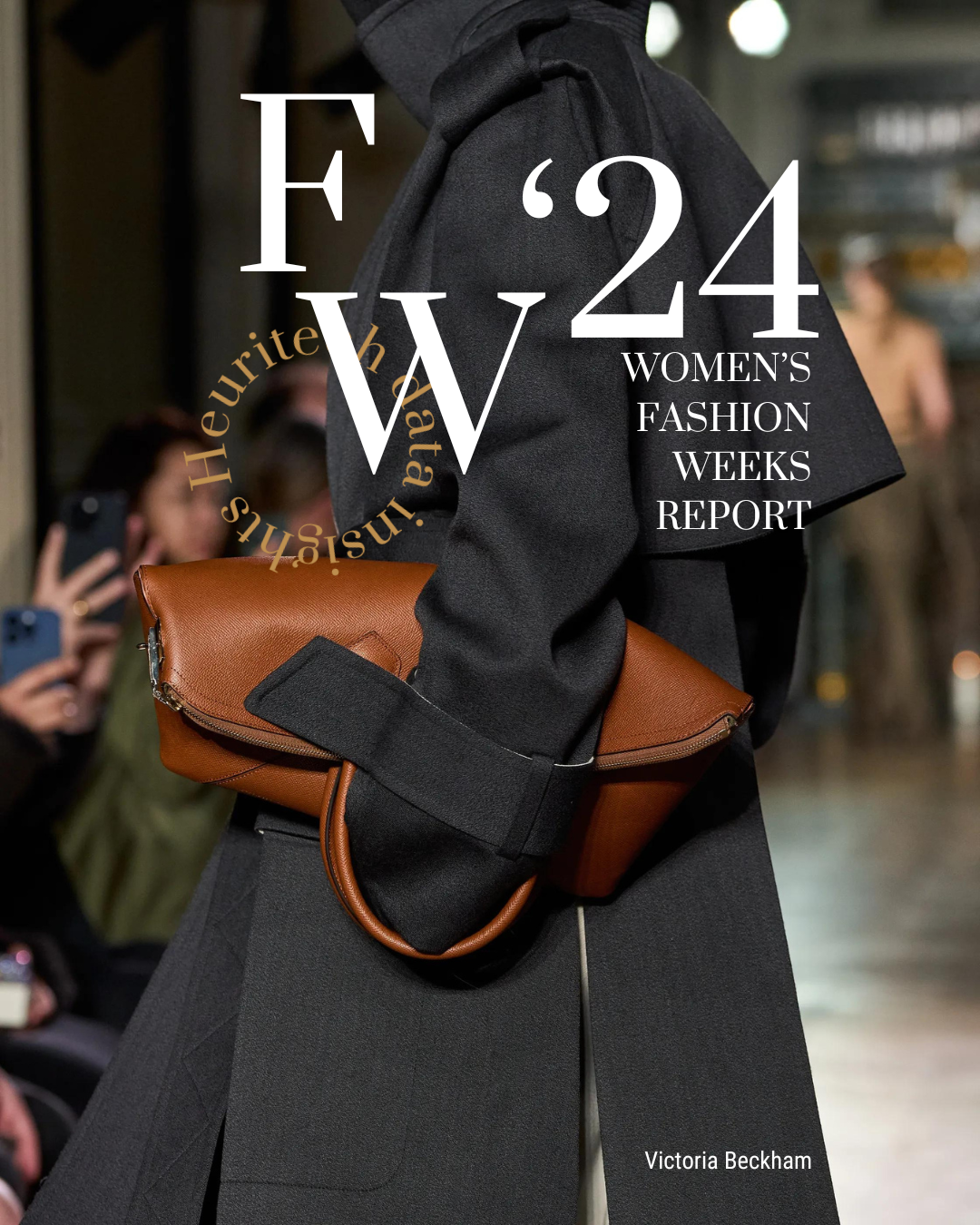If sustainability once had a niche status, the whole fashion industry has now embraced this vital issue.
Eager to prove that fashion can be green, brands are speeding up the implementation of sustainable actions with communication strategies. Indeed, as clients crave transparency, brands have adopted visibly eco-friendly measures to demonstrate their proactive commitment.
However, in this battle for planet earth, all attempts at cheating are more than risky.
Gen Z: The empowerment of an eco-conscious generation on sustainability
The development of sustainability awareness among fashion clients can be linked to the organic offering available in the beauty sector. As clients long for plant-based ingredients in cosmetics products, beauty product comparison apps like Clean Beauty by Officinea, are gaining popularity. Shoppers, especially millennials and gen Z, are increasingly drawn to brands committed to ethical causes. The 2018 Millennials Pulse Report by Shelton Group stated that 90% of millennials favor brands that respect social and environmental causes.
Now, as “citizen conscious warriors”, millennial long for true and demonstrable commitments from fashion brands. Brands are expected to convey a trustworthy transparency in their messages, especially to millenials who have the power to act as transgenerational prescribers.
As such, brands like Armedangels, Skunkfunk or Bleed, show a military approach towards sustainable fashion through their committed missions or products. For example, the Belgian brand, Made & More, puts a QR code in each article of clothing that links to a video showing the manufacturer’s workshop in Europe. We have evolved from a “storytelling” era, to a “story proving” era.
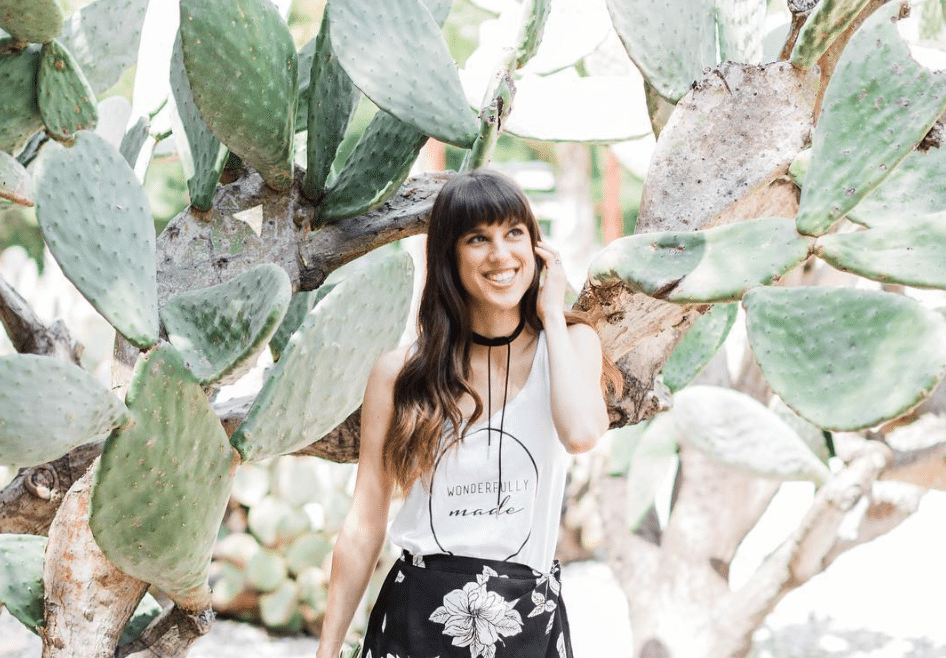
However, the importance of sustainability as the first key purchasing factor for millennials should be nuanced.
What does ethical fashion mean?
The shopping trends survey conducted by LIM College found that interest in sustainable practices is outweighed by price, then value and uniqueness.
It also stated that if the purchases of sustainable fashion items are low relative to the desire for sustainable fashion items, it is because the offer provided by eco-friendly youth brands is too small to meet the demand.
It seems that Michael Jackson, with songs like Earth Song (1982) and Heal The World (1991), but most of all, the vision of engaged documentaries such as Al Gore’s An Inconvenient Truth (2006) and Andrew Morgan’s The True Cost (2015), have influenced both fashion entrepreneurs and clients to be actors in the planet’s rescue.
Cécile Lochard, luxury expert and author of Luxury and Sustainable development : The new alliance, once said, “The fashion and beauty industries can no longer obtain rare raw materials without worrying about the resulting collapse of biodiversity or animal suffering. At the smallest faux pas, information gets around on social media and brand image can suffer greatly from it.”
Australian app Good On You, a testament to the significant demand for the holistic sustainability concept, evaluates fashion players’ ethical commitments using 3 basic criteria: environmental commitment, standard working conditions and animal welfare.
Therefore, Gucci’s decision, like Michael Kors or Versace, to join forces with the Fur-Free Alliance, can be considered a sustainable commitment similarly to Balenciaga designer, Demna Gvesalia’s decision to support the World Food Program through a dedicated sweater design.
In it’s 2018 report, Positive Luxury consultancy forecasted the power of “Emotion” conveyed by sustainability as the main analytic of the year.
The holistic concept of sustainability could be compared to Mottainai, the Japanese philosophy, which translates to “waste not, want not”.
This Buddhist philosophy consists in respecting nature and expressing gratitude for its benefits by limiting waste through recycling and upcycling.
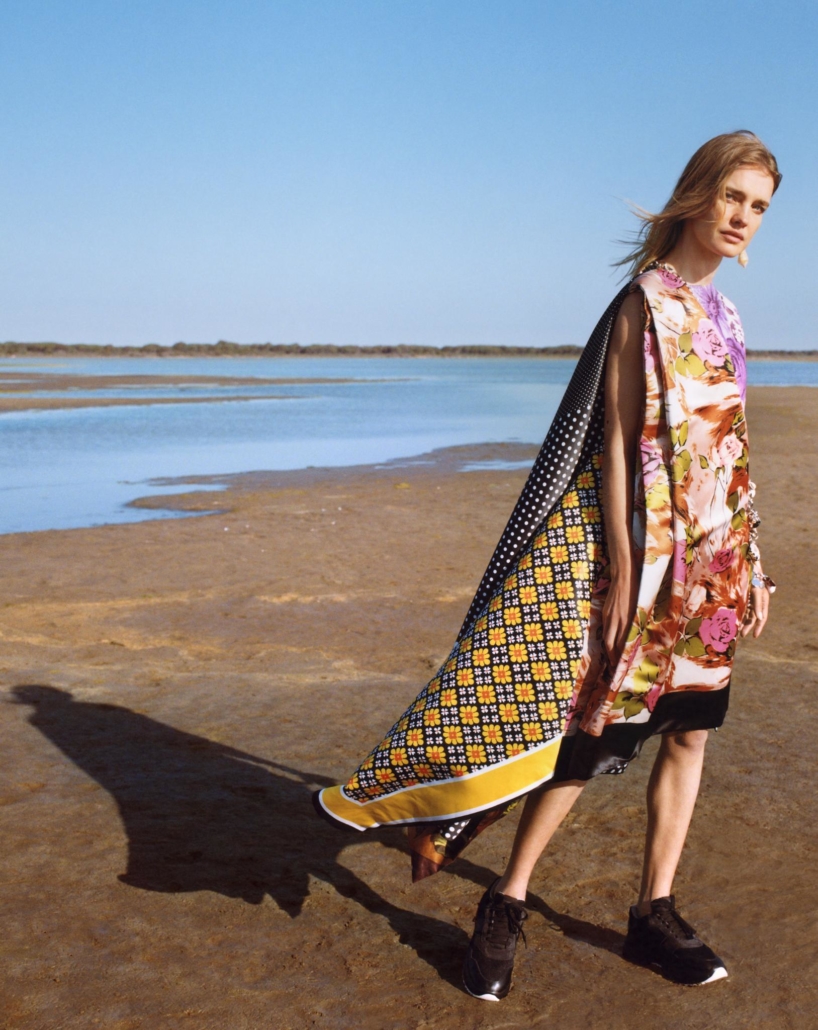
The upcycling movement, which echoes this ancestral philosophy by bringing old belongings back to life, was adopted by Martin Margiela from the start and by the Viktor & Rolf duo for their FW16 Couture show.
Among them, Marine Serre, the 2017 LVMH Prize award-winning designer, released her third collection composed of patchwork dresses made from 1500 vintage scarves, tired denim jeans and swimsuits.
United By Blue put conservation at the very core of its mission, inviting clients to join its green cleaner squads: for every product sold, the sustainable outdoor brand removes one pound of trash from oceans and waterways.
Fashion & commitment: A regenerated engagement strategy
Inspired by the successful transparency policies of brands such as Everlane or Patagonia, more and more fashion brands are including sustainability in their value chain.
In the luxury world, Kering can claim the champion’s title, thanks to the effect of one of its houses, Stella McCartney but also thanks to its activism on the subject.
Gucci recently created an environmental income statement available through the My EP&L app to measure the Kering Group’s environmental impact.
In order to give momentum to clothing recycling, Nike, H&M, Burberry and Gap recently joined the sustainable movement on May 2018 by partnering with the Ellen McArthur Foundation. The goal of this philanthropic foundation consists in accelerating a business model’s transition to a circular economy by developing scalable sustainable initiatives for global industry players.
According to the 2018 Pulse of the Fashion Industry report, 10% of brands are still not embracing sustainability principles, but for those who are show a strong engagement, with 66% of brands applying at least 5 sustainable initiatives (+11 points from 2017).
Most of the time, fashion brands get into sustainability by launching an organic capsule collection with a key player from the sustainable movement.
There’s also insetting action, which can consist in replanting trees like Siizu, which contributes locally to the preservation of the American Forest.
Faithful to their innovative DNAs, luxury players seek out novel materials and trusted certified labels.
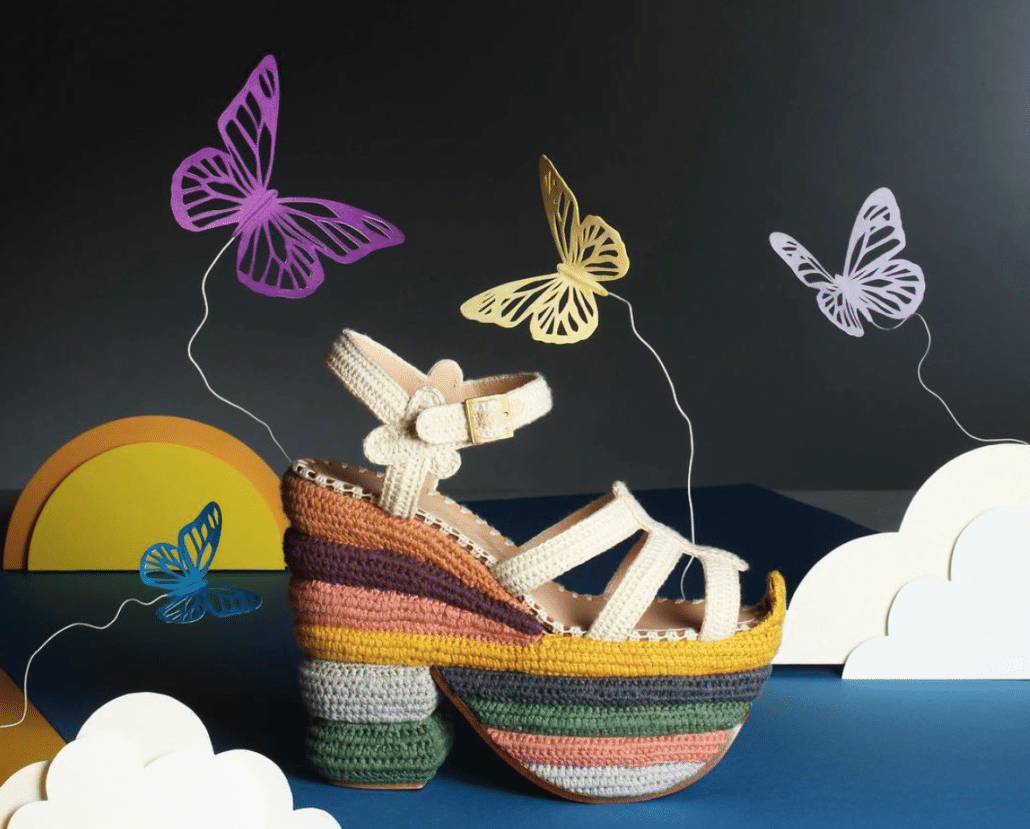
As so, Salvatore Ferragamo recently launched its first GOTS certified, organic cotton sustainable shoe.
Similarly, Burberry joined forces with the Rainforest Alliance and Vivienne Westwood, known for her support of ocean preservation, to release an upcoming capsule collection.
To impact their clients, sustainable brand actions have to be consistent with the brand’s mission, be based on a specific and recognizable expression territory and, most of all be both tangible and visible on the web and in-store.
To communicate on its commitment to the fight against overfishing, Kenzo teamed up with the Blue Marine Foundation to release its No Fish No Nothing line during its SS14 collection and built up a digital pop-up store for the occasion. Raising awareness among clients can be an asset for brands.
The major disruption, however, seems to have come from the 100% sustainable, American fabric brand, Reformation, known for its party dresses and its tagline “Being naked is the #1 most sustainable option, we chose #2”.
This “new-generation Zara” gives clients access to the carbon and water footprint of each item of clothing through its online REFscale indicator.
Fashion brands’ new eco-friendly mindset has come with the economic performance source linked to an image improvement vector.
According to the 2017 Global Fashion Agenda Pulse Report, while embracing sustainable fashion remains an important investment generally unaffordable for small or medium sized companies (SME), it’s a worthy long-term policy as it can generate a 1 to 2% EBITA margin growth by 2030.
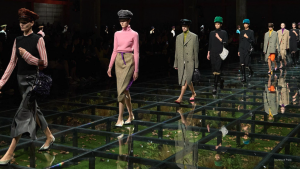
A quest for alternative materials serving creativity
Patagonia, which was established in 1973, was the first alternative brand to set the tone for “radical transparency”, taking the industry by surprise in 1993 with its fleece jackets made from discarded, recycled products like plastic bottles.
Stella McCartney later pioneered the globalized sustainable movement in fashion and luxury seventeen years ago, bringing together an environmentally-minded philosophy with a glamorous image.
She also started the vegan fashion movement by banishing genuine leather or fish glue from her collections, and replacing them with unconventional eco-materials like mycelium-based leather, spider silk or regenerated cashmere. Naturalness and its corollary organic materials are now at the center of everyone’s attention..
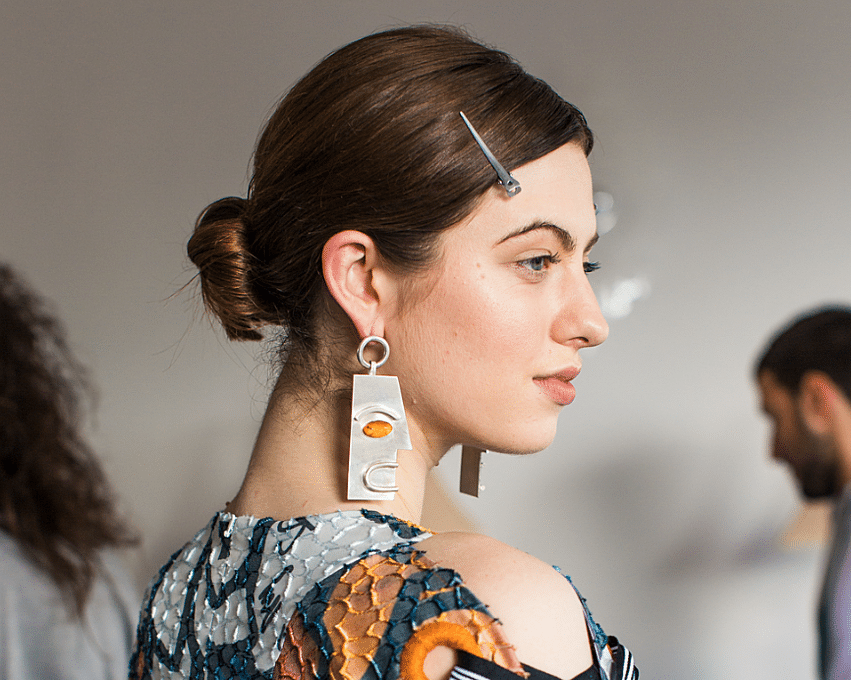
Since natural fibers are not inexhaustible, shaping the fashion of tomorrow now implies using biotech materials and rethinking sustainability from the start of the creative process.
Thus, to handle this challenge, brands are betting on R&D with innovative startups.
Stella McCartney and Adidas partnered with Parley For The Oceans to launch the Parley ultra boostX sneaker in 2017 using a performance yarn made from recycled ocean plastics.
Luxury brands like LVMH have taken a keen interest in synthetic leather and silk provided by startups such as Bolt Threads or regenerated leather from seeds by Algiknit.
Being consciously creative implies education however. Kering understands this well as it recently unveiled its online platform, Gucci Equilibrium, to further its commitment to sustainability by explaining its sourcing process and engaging its employees.
Cork and fishnets are among promising, new biodegradable materials. Salvatore Ferragamo even partnered with a specialized Italian firm, Orange Fiber, to develop a collection made of citrus byproducts.
Tencel and Lyocell, biodegradable fibers derived from regenerated eucalyptus cellulose, are increasingly being adopted by fashion designers like Mara Hoffman in their collections (a 19,7% year-on-year increase in the use of this material).
Tencel is more absorbent and wrinkles less than cotton, softer than silk, uses 70% less land and 5% less water.
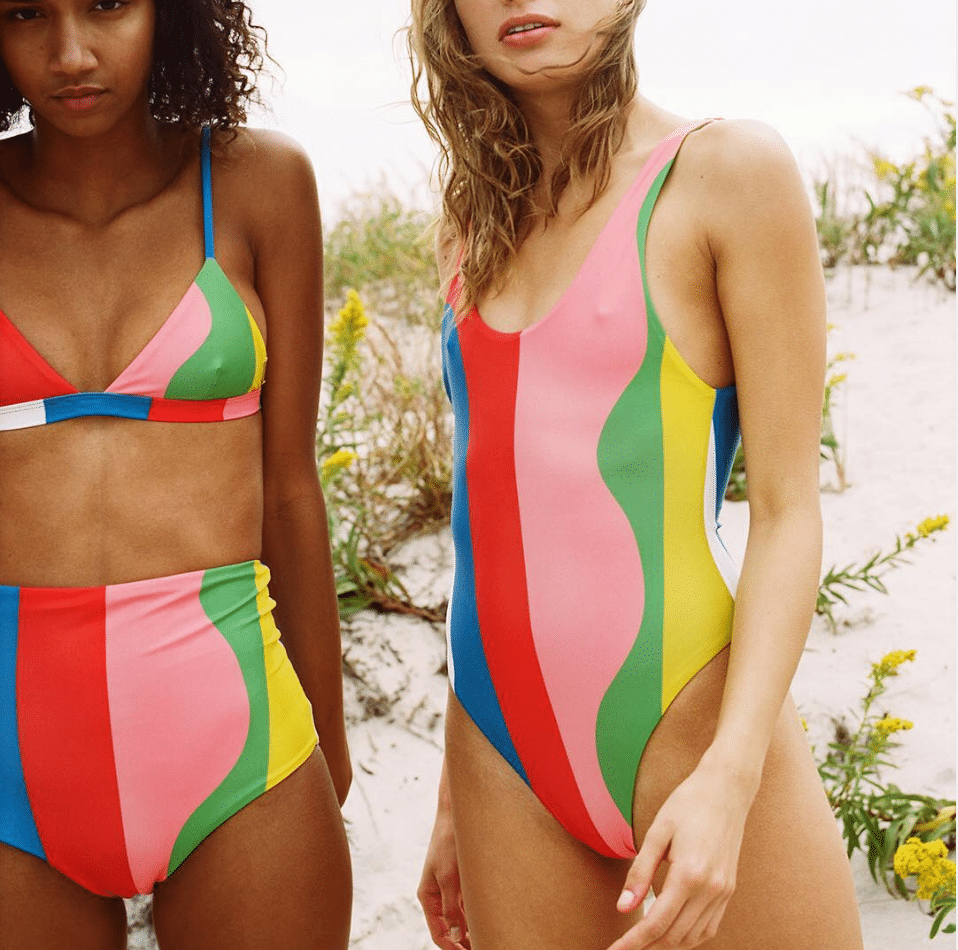
Slowly, renowned designers and fashion newcomers like Stella McCartney and Yael Aflalo from Reformation, are converting to this new eco-consciousness and are integrating the notion of sustainability on the runway much like the Italian brand, Genny, the Spanish designer, Maria Lafuente, or even the Chinese brand, Reclothing Bank.
As Bruno Pieters, founder of the transparent label, Honest By, said to the Business of Fashion: “If you don’t do it now, you’ll have to adapt when complete transparency becomes mandatory. I think it’s wiser to be a leader who’s ahead of the rest rather than behind because, you know, it will become mandatory one day.”
After experiencing it two years ago, Viktor & Rolf seem convinced by this back-to-basics approach following their RE:CYCLE capsule collection for Zalando, the first one for the marketplace and maybe the beginning of a long following.
Limiting waste and unsold items is an increasing concern for clients.
Our goal at Heuritech is to help you to produce more responsibly by optimizing your stock based on geography and audience. So, why don’t you take the plunge?


